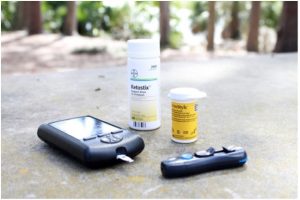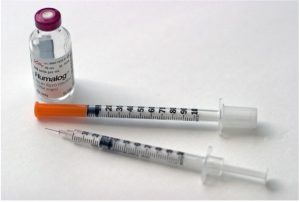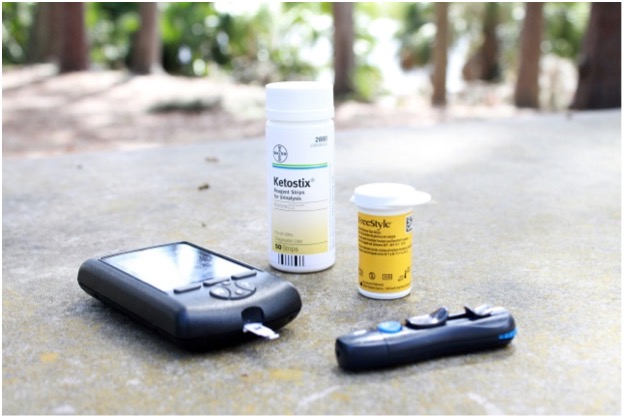The IRA was enacted in 2022 by the Biden Administration. (No, not the IRA concerning your retirement funds!) Known as the Inflation Reduction Act, the IRA helps those on Medicare by taking important steps to reduce drug prices. For the first time in decades, Medicare is permitted to negotiate with companies to reduce costs of the most expensive drugs. In addition, it is dramatically reducing prices of one key drug. Insulin prices were capped at $35/month for those on Medicare. While this legislation is a massive step in the right direction for equal and affordable access to drugs, it does not go far enough.
The IRA only applies to people insured through Medicare, which typically only includes those 65 years or older. It does not help the 189 million Americans with private insurance coverage (under 65) or those with no insurance. Making medication affordable and accessible to most Americans means more change must happen. To accomplish this goal, the government can and should use an existing tool in its toolbox: march-in rights.
The Government Should Utilize March-In Rights for Patented Drugs

March-in rights are powers that allow the US federal government to step in and use a patented invention. A patent grants its owner the right to exclude others from using their invention, which could include a lifesaving drug. Patenting of drugs often results in medications being sold at extremely high prices because of little to no competition. The US government can use its march-in rights despite the usual patent exclusivity for high-cost medications. As a result, previously expensive drugs could be made available to American citizens at a lower cost (For more information on patents and some fundamentals concerning march-in rights, see Hannah Dawson and Matt O’Boyle’s blog post).
There are several roadblocks the government must overcome in order to use march-in rights to lower drug costs for more Americans. Those roadblocks include (1) a lack of consideration for high drug prices as a factor in granting march-in rights, (2) the need to define what high drug pricing is if considered a relevant factor in granting march-in rights, and (3) limited federal funding of researching leading to patented drugs (subject to march-in rights). Below, these three roadblocks and potential solutions are explored.
Drug Pricing Must be Considered when Granting March-In Rights
The National Institute for Health (NIH) is the only government entity that has received petitions for march-in rights on patented medications. After review, it has continually denied all march-in rights petitions. The NIH, like all other federal agencies, evaluates whether or not to grant march-in rights based on four (statutory) criteria. Currently, the pricing of a patented drug is not explicitly one of these criteria, even though some argue it could be within the second factor: “necessary to alleviate health or safety needs” that are “not reasonably satisfied” by the patent owner. If new guidelines were to consider high drug prices as relevant to this criterion for assessing march-in rights, march-in rights could possibly be granted more frequently. This is because most patented pharmaceuticals on the market right now are extremely costly, even after insurance adjustments.

In late 2023, the Biden Administration presented a proposal: that drug pricing should be a factor as part of a broader framework to provide more guidance to agency on exercising march-in rights. This proposal has been met with some backlash. Those in opposition, like the National Pharmaceutical Council (NPC), argue this would hinder innovation for pharmaceutical research. If the federal government does “march in” on a drug and make it available to Americans for a lower price, the drug patent owner will likely lose out on profits. If drug patent owners have reduced profits on their drugs from march-in rights use, they may lose the incentive to create new drugs. This may hinder innovation, but that may be an overstatement. While the patent owner is still free to sell the drug at a high cost, most Americans will inevitably purchase it at the more affordable price if the government does march in to provide a lower cost version. Advocates of the Biden Administration proposal like the FTC argue the pros of providing lower cost medications to American citizens outweigh the cons of possible reduced profit margins for drug patent owners.
The Government Must Define When Drug Prices Are “Too High”
If drug pricing becomes a factor when evaluating march-in rights, there must also be a definition for what constitutes an “unreasonable” drug price. Without a threshold in place, evaluation of this new drug pricing factor would be unclear. Instead, the Biden Administration proposal could be amended to specify what constitutes “too high” of a drug price. Alternatively, Congress could amend the march-in rights law to explicitly require price, and state what price would be too high. Either mechanism could provide an explicit reason for the NIH and other federal agencies to allow the government to utilize its march-in rights power.

More Federal Funding Should be Allocated to Drug Research and Development
Even if considering drug costs becomes an official factor in granting march-in rights and “unreasonable” pricing is specifically defined, there is still a final hurdle to leap. While some federal funding currently goes into research and development (R&D) of pharmaceutical drugs, the reality is that most drugs are privately funded. This limited federal funding for pharmaceutical R&D limits the scope of march-in rights since the government can only exercise its march-in rights powers if a patented drug has received federal funding. In fact, only five out of 361 medications approved by the FDA from 2011-2020 were entirely publicly funded and thus eligible for march-in rights. That’s less than 2%.
The benefits of additional allocation of government funding to the R&D of patentable drugs are twofold. First, innovation will continue to flourish. With more funding comes more innovation. Increased funding would be sourced from the federal government instead of patent owners’ pockets. As a result, there will be greater ability for the government to exercise march-in rights on a wider array of medications. Those who oppose march-in rights therefore would not have to worry that more funding would reduce innovation. Greater opportunity for march-in rights leads to more possibilities of selling drugs at affordable prices to American citizens.
Even though the Biden Administration’s proposal, along with the possible path to overcoming other roadblocks, would likely help provide access to affordable medicine to more Americans, it is not guaranteed. The NIH would still not be required to grant march-in rights petitions, even if there are new regulations put in place to aid granting them. However, these proposals are a step in the right direction, and in time hopefully Americans will be able to obtain the medications they need without breaking the bank.

Emily Moll
Associate Blogger, Technical Editor
Loyola University Chicago School of Law, J.D. 2026
